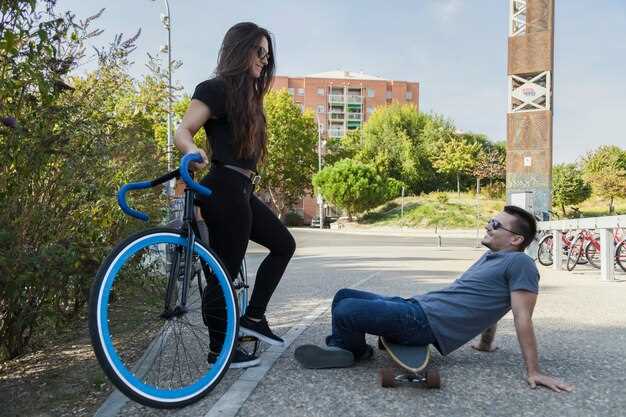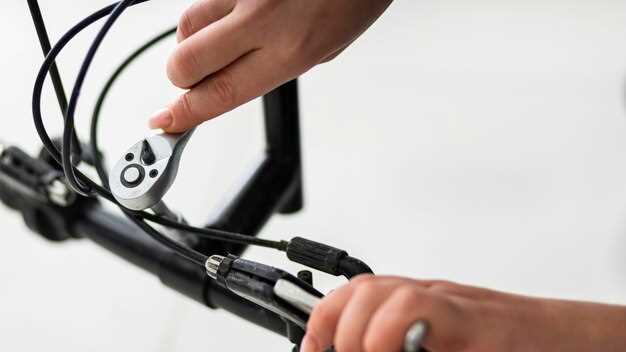
When venturing into the world of cycling, one of the first decisions new riders face is the choice between a beginner bike and a performance bike. This choice can significantly impact your overall experience and enjoyment of the sport. Understanding the key differences between these two types of bikes is essential for making an informed decision that aligns with your cycling goals.
A beginner bike is typically designed with comfort, ease of use, and affordability in mind. These bikes are perfect for those who are just starting out or for those who wish to ride casually. They often feature more relaxed geometry, which allows for a more comfortable riding position, reducing fatigue and enhancing enjoyment. Their straightforward designs make maintenance manageable for novices.
On the other hand, a performance bike caters to riders looking for speed, efficiency, and advanced features. These bikes usually incorporate lightweight materials and aerodynamic designs, suitable for serious cyclists aiming to improve their skills and tackle longer rides. A performance bike’s components are tailored for optimal speed and handling, making them ideal for competitive environments.
In the following sections, we will explore the specific characteristics, advantages, and drawbacks of beginner and performance bikes, helping you determine which option best suits your needs as a cyclist.
Assessing Your Riding Goals and Experience Level
When deciding between a beginner bike and a performance bike, it’s crucial to evaluate your riding goals and experience level. Understanding what you want to achieve from riding can significantly influence your choice.
If you are new to biking, your primary goal might be to gain confidence and develop your skills. In this case, a beginner bike designed for stability and ease of handling is ideal. These bikes typically offer a more comfortable riding position, allowing you to enjoy the experience without the pressure of performance expectations.
Conversely, if you have prior riding experience and aim to improve your speed and efficiency, a performance bike may be more suitable. These bikes are engineered for agility and responsiveness, enhancing your overall riding experience. They usually feature lightweight materials and advanced components that cater to riders seeking to push their limits.
Additionally, consider the type of terrain you plan to navigate. Beginners may prefer versatile bikes that perform well on various surfaces, while experienced riders might opt for specialized performance bikes tailored to specific conditions, such as road cycling or mountain biking.
Lastly, reflect on your commitment to the activity. If biking is a long-term interest, investing in a performance bike can be worthwhile. However, if you are still exploring your passion, starting with a beginner bike allows you to gauge your interest without significant financial investment.
Understanding Key Features of Beginner and Performance Bikes
When choosing between a beginner bike and a performance bike, understanding their key features is essential to making the right decision. Both types cater to different needs and preferences, impacting overall riding experience.
Beginner Bikes
Beginner bikes are designed to offer ease of use and comfort for new riders. Here are some primary features:
- Weight: Typically lighter than performance bikes, making them easier to handle.
- Geometry: More relaxed geometry provides a comfortable riding position.
- Components: Generally equipped with entry-level components that are durable and easy to maintain.
- Gearing: Simpler gearing options allow for easier shifts and less complexity.
- Price: Usually more affordable, making them accessible for new cyclists.
Performance Bikes

Performance bikes are built for speed, efficiency, and competitive riding. Key features include:
- Weight: Much lighter due to advanced materials, enhancing acceleration and handling.
- Geometry: Aggressive geometry optimizes aerodynamics for faster rides.
- Components: High-quality components designed for maximum performance and responsiveness.
- Gearing: Complex gearing systems allow for precise tuning of performance across various terrains.
- Price: Generally more expensive because of advanced technology and materials used in construction.
In summary, while beginner bikes prioritize comfort and ease of use, performance bikes focus on speed and efficiency. Understanding these features can help you select the right bike that fits your cycling goals and experience level.
Evaluating Budget and Maintenance Considerations

When deciding between a beginner bike and a performance bike, one of the most critical factors to evaluate is your budget. Beginner bikes are typically more affordable, designed for casual riders who may not want to invest heavily in their initial purchase. These models often come with fewer specialized components, which keeps costs down. In contrast, performance bikes tend to be more expensive, reflecting the advanced engineering and materials that enhance speed, handling, and overall riding experience.
Maintenance is another vital consideration. Beginner bikes usually require less maintenance due to their simpler components and lower usage intensity. This makes them an excellent choice for those not inclined to spend time or money on upkeep. On the other hand, performance bikes often involve higher maintenance costs. Their sophisticated parts, such as high-end brakes and gears, may demand regular servicing to maintain optimal performance, which can add to the overall cost of ownership.
It is also essential to consider the long-term financial implications. With a beginner bike, you may save on both initial purchase price and maintenance. However, if you find yourself progressing quickly in your cycling journey, you may need to upgrade sooner than expected, which could result in additional costs. On the contrary, investing in a performance bike from the outset may provide a better return on investment for serious cyclists, despite the higher initial costs.
Ultimately, evaluating your budget and maintenance considerations requires a balance between your immediate financial situation and your long-term cycling goals. Whether you opt for a beginner bike or a performance bike, understanding the financial commitments involved will help you make a more informed decision.




